9. Textile Scaffold¶
Research¶
I got back to one of my first inspirations, the Nornes, that were the weavers of destiny in Nordic Myths. They weave with organs human destiny and decide of peace and wars, they were respected witches. In this week I fell like fighting back for witchy practices.
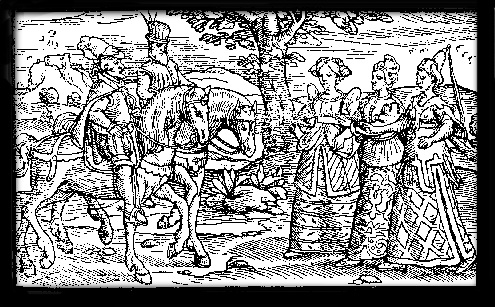
Inspiration¶
Anastasia shared this incredible dress.
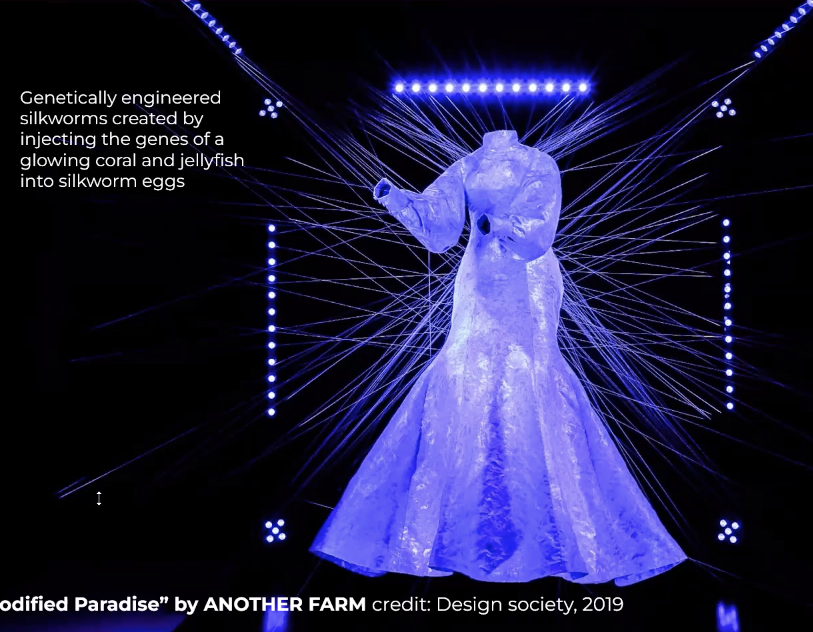
Mycelium¶
For the mycelium, we mixed it with the sculpting mix, by hand, wearing gloves. Then I poured the mix into my mold that I made few months ago with silicone. It’s a devil alien face. I had to leave the extremities opened. Then it is important to let it grow for about 4 days with not much light and the right temperature.


Crystals¶
For the crystals, heat up water with alum or copper or another type (epsum salt...).
Be carefull with the blue copper to use protection (mask and gloves, as the gaz is toxic).
Then stick a crystal on the fabric or better a net or thread, with glue.
Leave the fabric in a pot with the solution




Composite materials¶
For the composite materials I decided to make a sort of papier-maché material with pieces of fabric. At the lab we have a “broyeur” that smashes textile pieces or plastics to make it into small ones. It is made from the “precious plastic” project. It can also be an “extrateur” that would make a thread paste. It is important to not leave the fabrics too fast and not too much of it at once or it gets stuck.
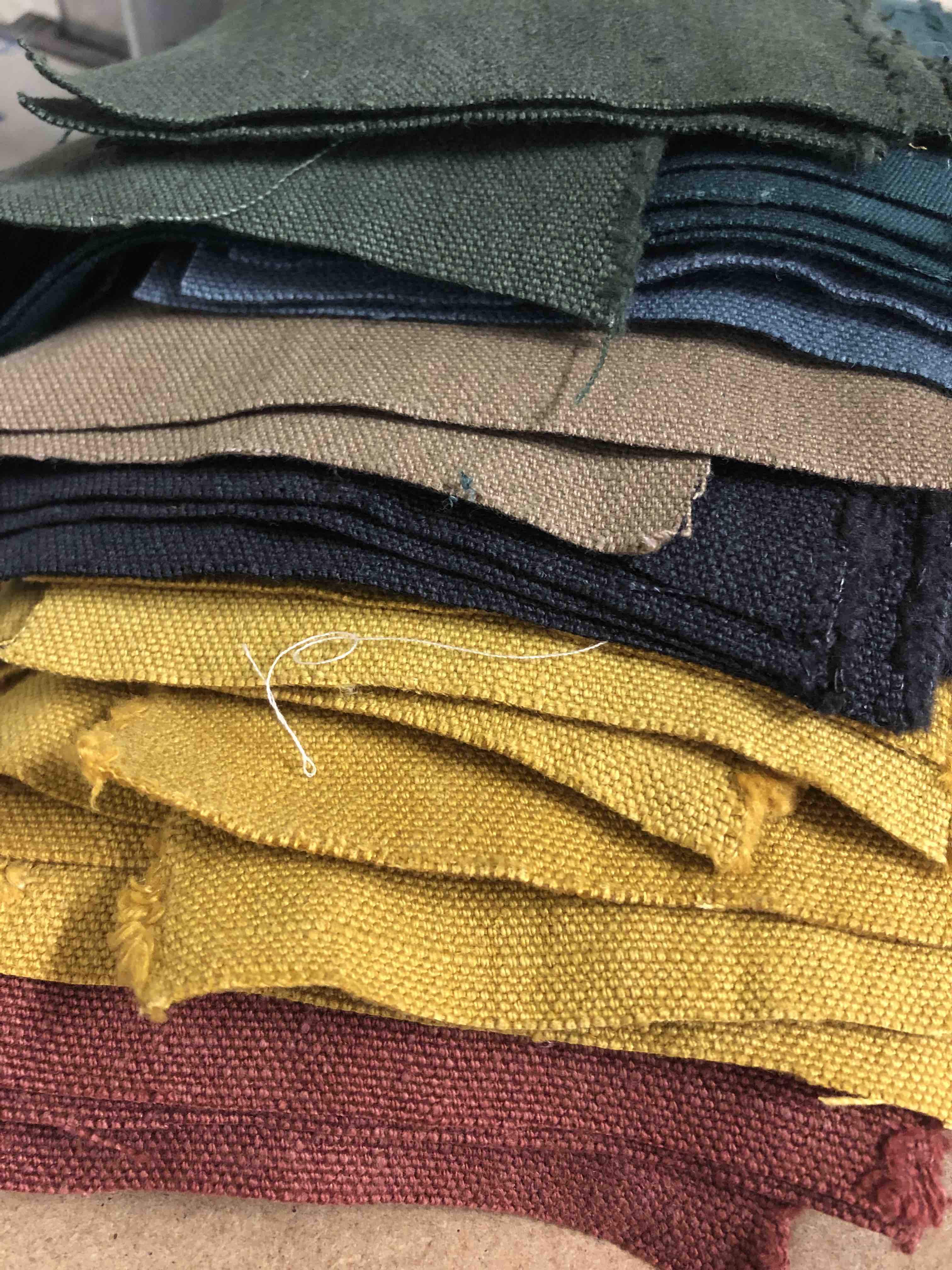


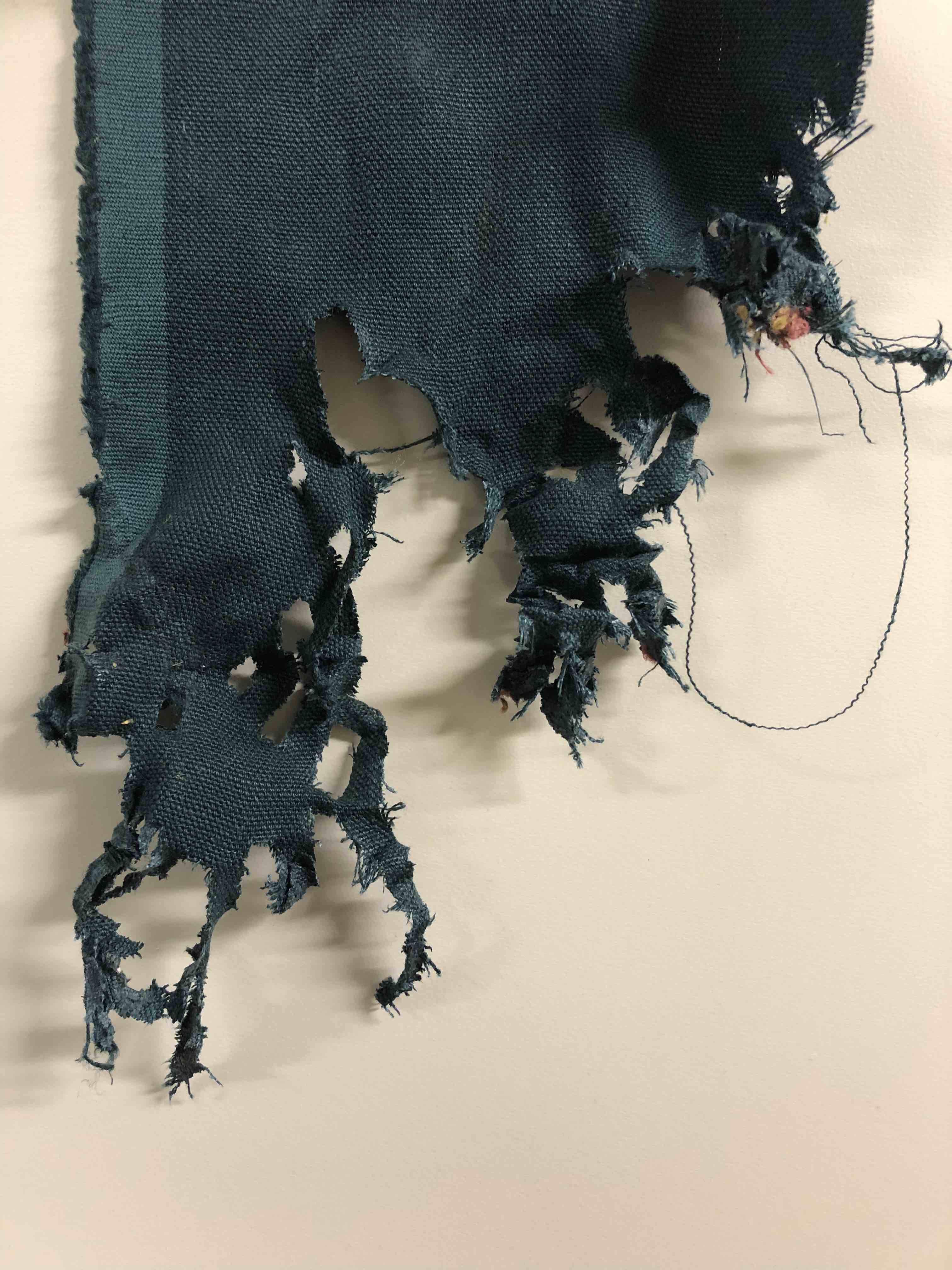


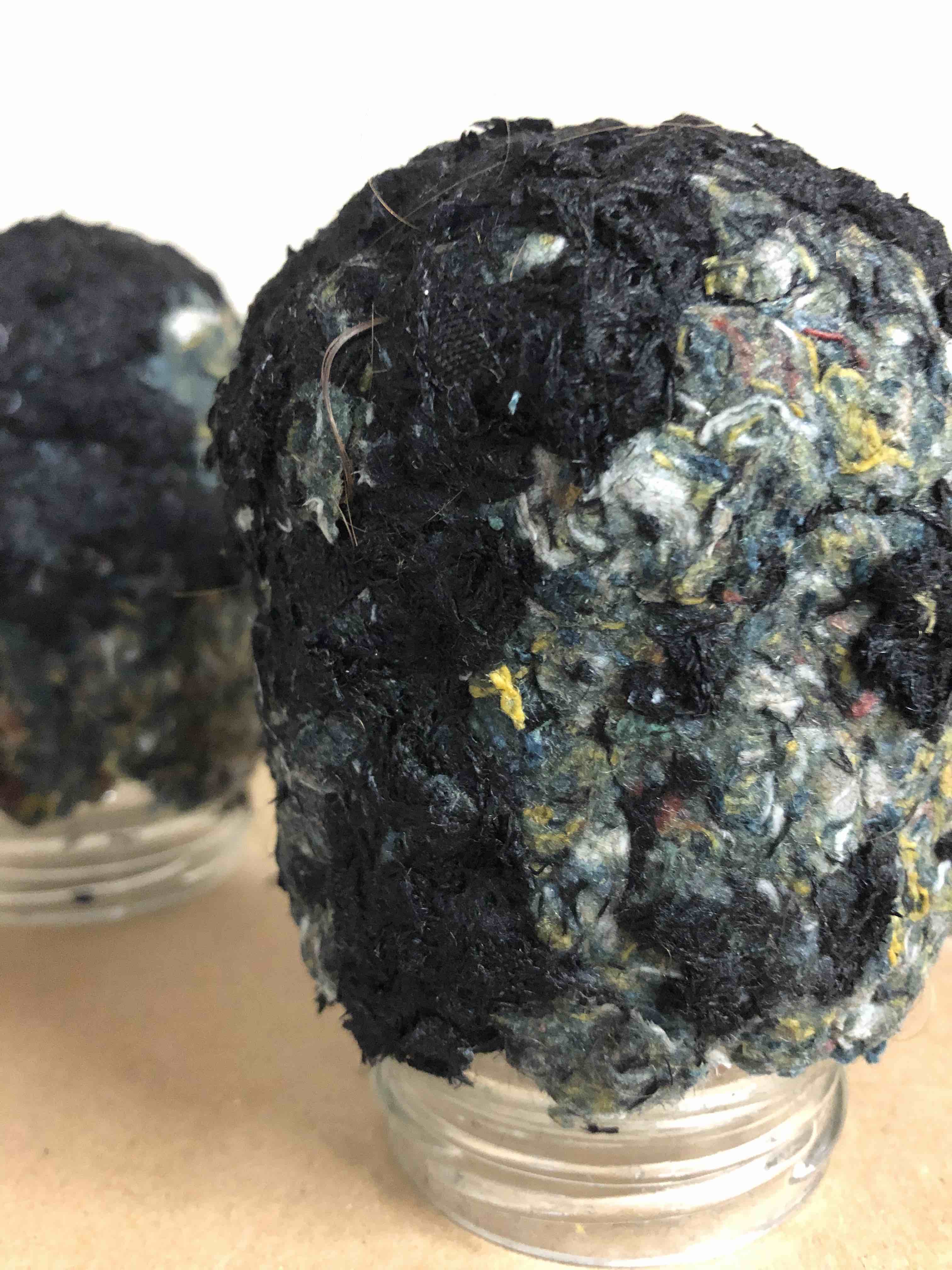
Ingredients & Recipes¶
You just press the button on 2 and on 1 to go back at the end so that the rest of the fabric comes down.
Then it is good to put the fabric pieces back into the broyeur to make smaller pieces. The smaller the pieces are, like a pouder, the more it gets into a linear paste, the bigger the pieces are, the more it gets with “grumeaux”.
Mix with water and white glue or flour into a box that is big enough for the frame. Put the mix on the frame that’s got a plastic net fixed on it, to filter the water.
I also added some of my hair for the idea of composition in de-composition.
Then get it to dry on a surface, like a fabric and a piece of cardboard or wood.
I used linen that inspires me because of its sustainability and the locality of its origin. Most of the linen worldwide production is made in France, in Normandy. It is good not to mix materials in the mixer too much.
Prepare this recipe [^1] by collecting the ingredients necessary, to be found in the list below:
=== "ingredients"
* water
* white glue or flour
* linen fabric pieces
* hair
=== "tools"
* big plastic box
* frame with net
* broyeur
Leather mold¶
Heat up the water at 80 degrees, put the leather into the water with bicarbonate untill the bubbles are out (leather absorbing the water). WARNING: Be carefull to not leave the leather for too long otherwise it shrinks and burns.
Put the leather on a mold (that should have holes to leave air pass), malaxe it with your handsto give the shape.
I took molds that were the negatives of my loom tools that i printed laser cutting wood.
Thiner leathers take the shape more easily.
the structure is a woden box with holes on top and hole hola that is the size of the vacum cleaner tube. We set up the mold with the leather on top, covering all the small holes with a latex piece. You can add a thin plastic piece and a cotton cloth to cover.
We leave the vacum cleaner on (for few hours to few days depending on what is needed) and shape the leather once in a while by hand. Dry the leather sometimes with the heater.


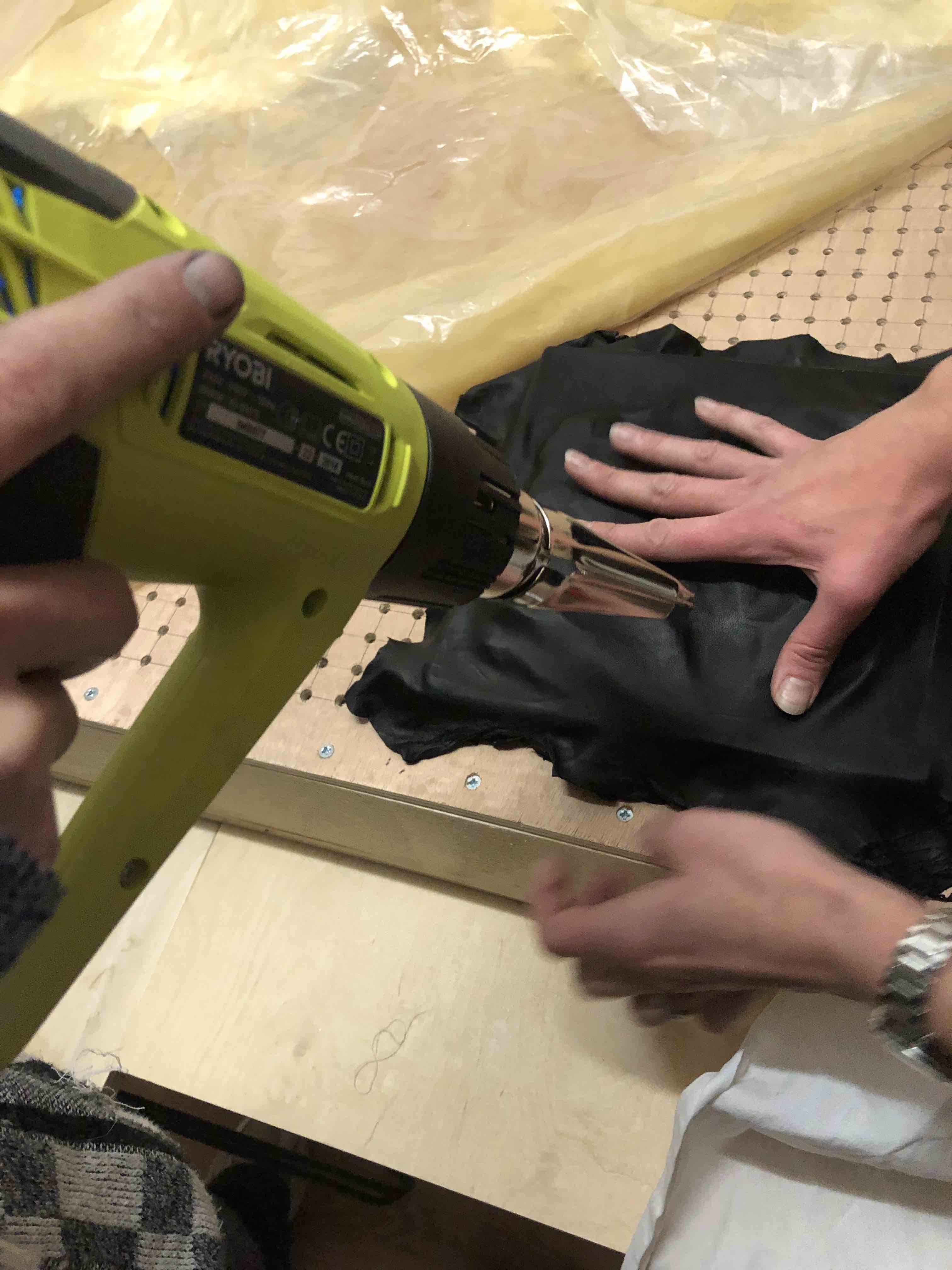
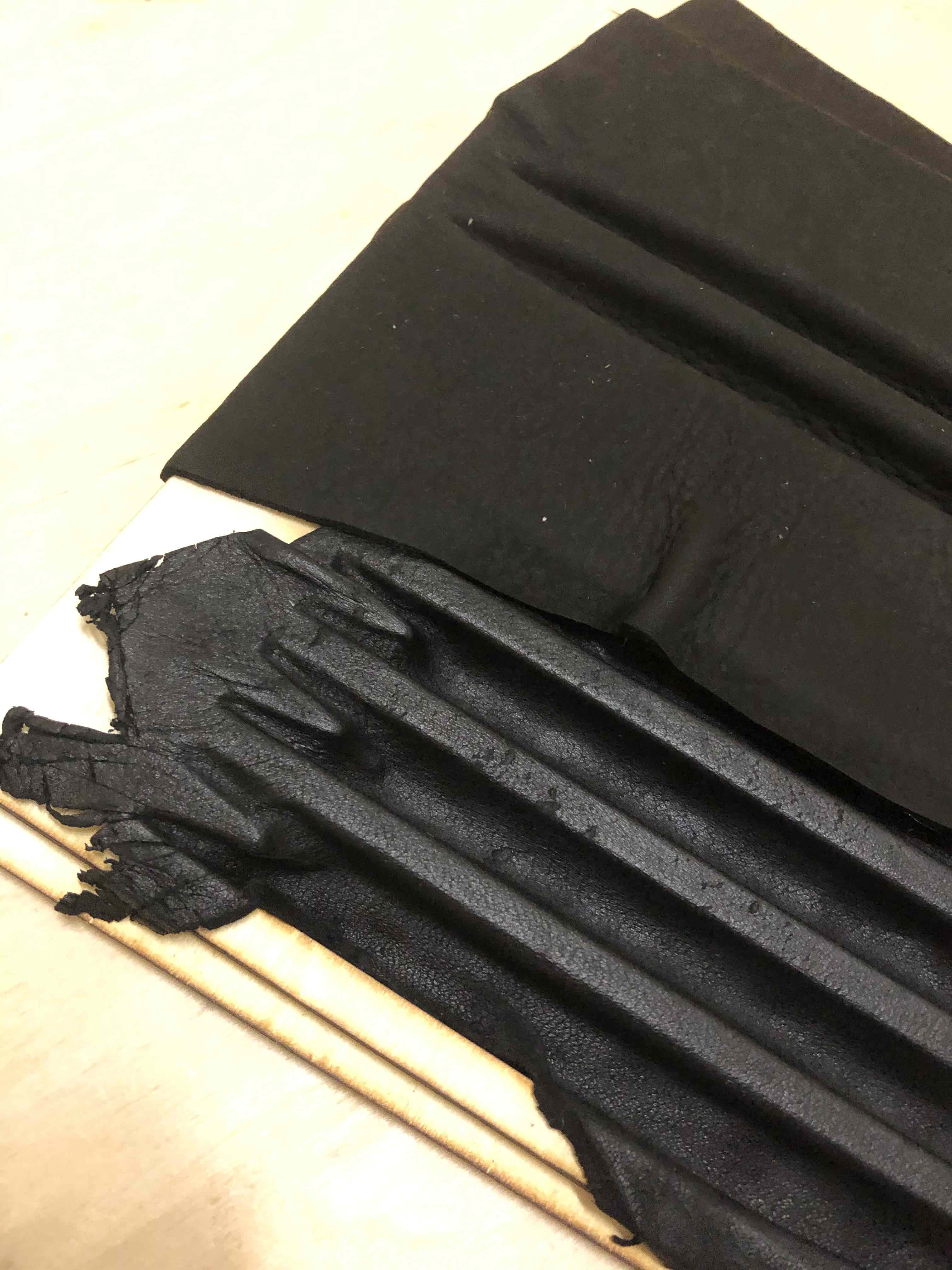

For me they represented the tools that the Norns were using to weave. In my imaginery, the weaving tools that they use as weapons, would be these leathershapes, where I could reshape new materials such as biomaterials.
Leather is here representing human skin, as if that is what the Norns used for their tools. The materials I made are with a combination between vegetal, mineral, animal and human origins.